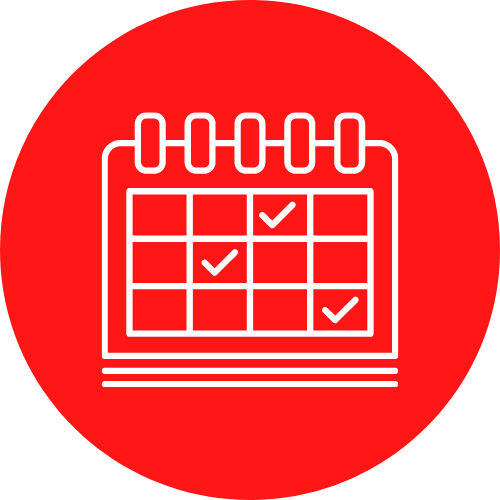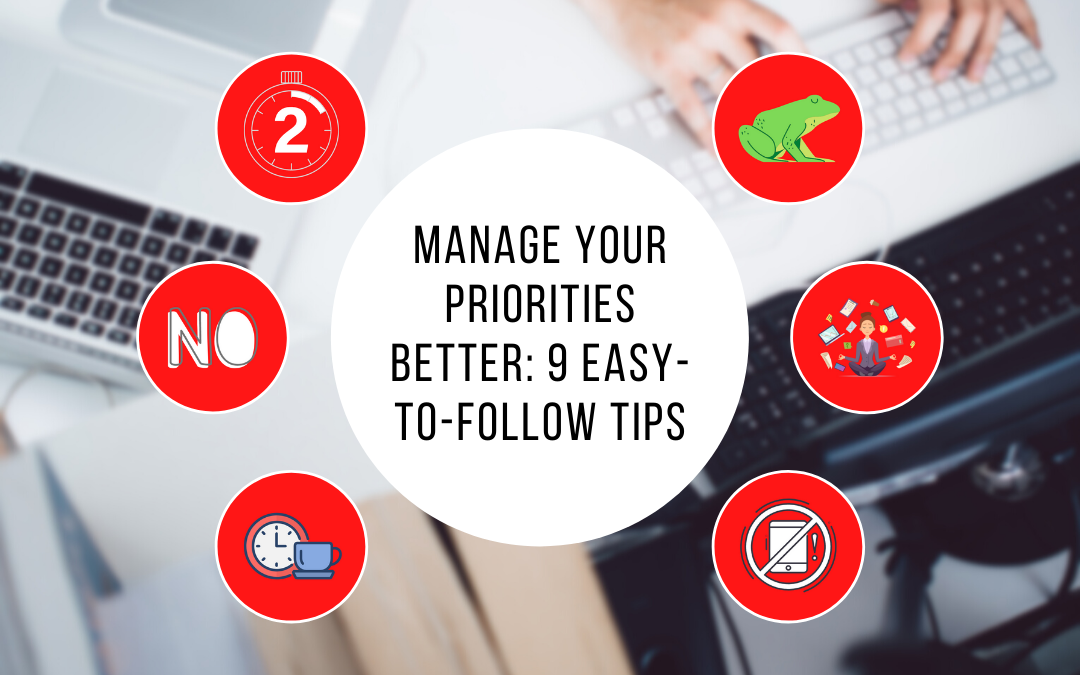Knowing how to manage your priorities is often the sign of an organized person who is in control of his or her environment, which will result in less time wasted, less stress and more efficiency.
These people can be recognized in the office, as they are generally more relaxed, in a better mood, have a calmer relationship with others and a better balance of their life time.
Organizing one’s work and managing one’s priorities is therefore a quality from a professional as well as a personal point of view, and the good news is that this skill can be learned quite easily by following a few tips and good practices, but it requires dedication and accept to change.
We present here 9 ideas to manage your time and priorities. It is then up to you to bring this new dynamic to life, to continue to integrate good practices and to add solutions to your toolbox of the good manager.
- Respect the 2 minute rule
- List the actions
- Eat the frog
- Learning to say no
- Perform one task at a time
- Plan focus time
- Eliminate distractions and remove alerts
- Plan breathing moments during the day
- Organize your days
Respect the 2 minute rule
“Any task or action that takes less than 2 minutes must be performed immediately. “
It’s almost a golden rule!
Because planning such a short action may take you almost as long as doing it, and not planning it is taking the risk of forgetting it. So we have to do it right away.
So at a time when you are interrupted in your work, because of the phone or a message, it is better to do the action immediately before resuming your work and not have to come back to it.
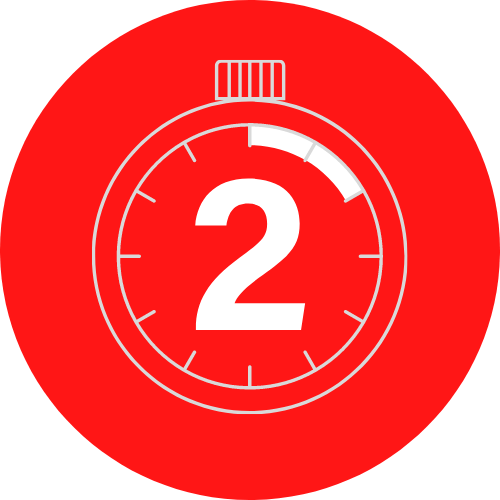

List your actions
To manage your manage your time and prioritiesYou need to know what you have to do. And the best way to do this is simply to make a list of all the actions you need to perform, whether it’s just to send an email or to schedule a very important meeting, all actions must be present, that is to say identified.
Choose the medium you want: on paper, on your smartphone, in an Excel sheet or a dedicated software… do as you like, but note your actions!
Without a list, it is impossible to know what to prioritize. So once you have this list, you can then prioritize the tasks according to their degree of priority. To learn more about prioritization, we refer you to this article that deals with the subject more specifically:“7 ways to manage your priorities at work“
Remember to update the list as often as possible so you don’t get lost in your work. Delete what is done and what should not be done anymore, and add new actions as they are done; This list must be alive!
Eat the frog!
Funny idea to eat a frog! This is an excellent habit for efficient time management, which can be explained as follows: in all the actions you have to do, there are always one or two that take longer and/or are more painful than the others. To “eat the frog” is to begin one’s work by doing these things first.
In fact, it’s a bit like a child who finishes his spinach and saves the fries to finish. It is also an important source of comfort because these tasks often represent a significant mental load that can pollute the mind. By treating them as soon as possible, you will be rid of them. It is a formidable weapon against procrastination.
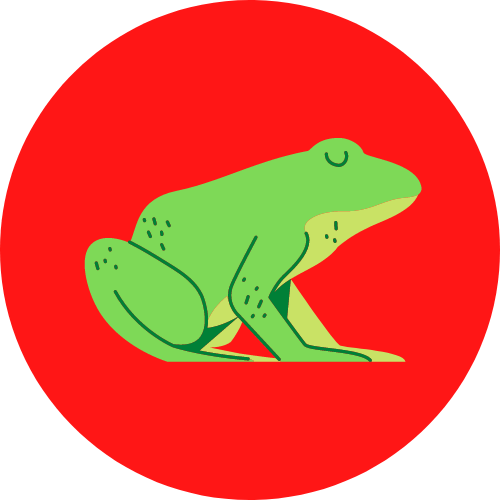

Learning to say “no
Because we are human and not machines, because our days are only 24 hours long, it is impossible for us to do everything. However, out of fear of disappointing, fear of appearing incapable or even out of a desire to do the right thing, it happens too often that we accept actions that will be extremely difficult to achieve.
However, it is a big mistake to accept this type of task. This is a mistake because its realization will inevitably have an impact on the deadlines or the quality of the other actions in your action plan, which will inevitably be detrimental to you. This is also a mistake because this mental overload will affect your activity, but also your private life.
In short, be strong, learn to say “NO. Even a robot that can do 100 movements per hour will refuse a 101 movement load.
Be careful, though, because saying “no” can be done with restraint. It could be “no, I can’t do it tonight, but I can do it for the weekend” or “no, I can’t do it because I already have several priority actions, but if these other actions can be shifted in time, then I can do it”. This is where we find the importance of our famous lists because thanks to them we can have a clear vision of our workload.
Perform one task at a time
Contrary to what one might think, multitasking is not a quality at work. The only real consequence will be a decrease in the quality of your actions.
Stay focused on one topic at a time, finish it, then move on to the next action.
By concentrating on one action, you will get it done faster and it will be of better quality, because our brains can’t handle two, three or more actions at the same time. And when you deliver better quality actions, you don’t have to go back and correct the shortcomings and mistakes. So we save even more time!
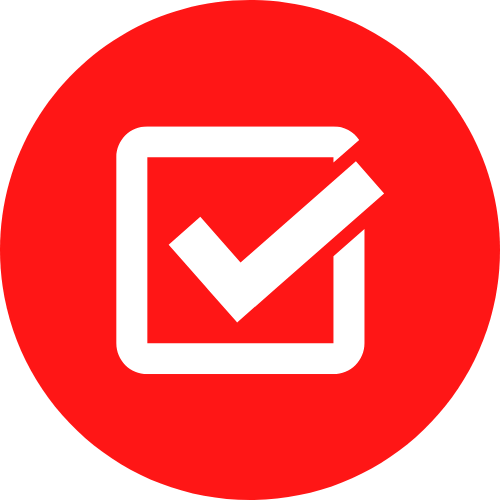
How to better manage your priorities at work?

Plan focus time
When you are constantly interrupted, it is impossible to move forward properly. Performing a task requires full dedication, as we have just seen.
Set aside some “focus time” in your agenda, moments dedicated only to you and your work.
You can for example create a fictitious appointment, indicate that you are unavailable on all your tools, cut the phone and messaging. This will be your time to fully focus on what you need to accomplish. This “Focus Time” will be your most productive time of the day.
Eliminate distractions and remove alerts
Even outside of the “Focus Time”, or because such a time slot is not possible, it is imperative toeliminate anything that might interfere with concentration.
This starts of course with the great champions of time loss in all categories: social networks! Twitter, Facebook, Instagram, but also LinkedIn and others, are the worst enemies of your effectiveness. The famous “I’m just watching for a minute” can turn into several tens of minutes thanks to the power of algorithms and the black magic of “infinite scroll”.
We also recommend that you turn off alerts from your mailbox or other more or less instantaneous messaging systems. All the studies conducted show that an alert is generally consulted in less than 2 seconds. Imagine the liberation to your mind by removing the “beeps”, the bells and the pop-ups. Don’t worry, the world won’t stop spinning if you reply to a message 30 minutes or even 2 hours later and you won’t have to refocus on your topic after each interruption.
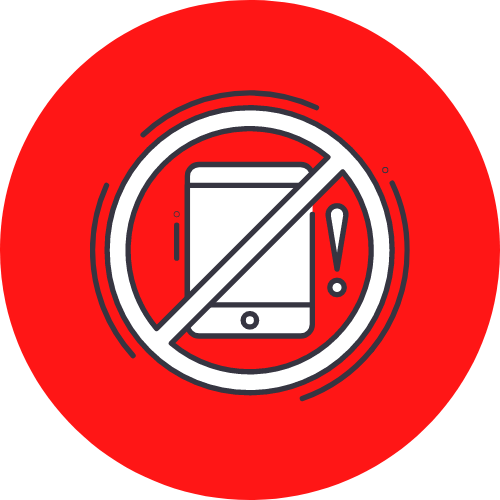
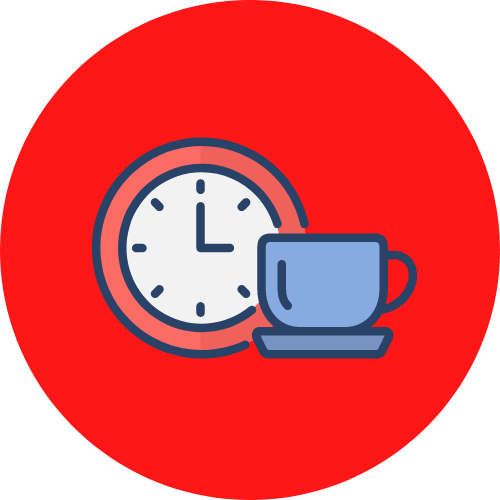
Plan breathing moments during the day
Because we are not machines we cannot stay focused for three or four hours on the same action with the same level of acuity. This is why it is important to take breaks.
At school, there are recesses for the children! But these moments are not random. They are planned, scheduled and allow everyone, students and teachers, to take a break, to free their attention, to put their mind at rest for a few moments, like a swimmer who takes a breath of oxygen before diving back into the water to continue his effort. So our advice is to find your childlike soul, to organize moments to free your mind and let your body breathe. Your work will be all the more efficient.
Organize your days
The day should start with the updating of your action list: deleting completed actions and those that have become obsolete, and adding new actions. Then, update the priorities of each of them. You can use the Eisenhower matrix.
Then we take care of the agenda. Depending on the actions to be taken and the meetings planned, block your “Focus Time“on the one hand and plan your breaks.
Now that you are clear about your day, you can tackle the first action… starting with the “frogs” !
